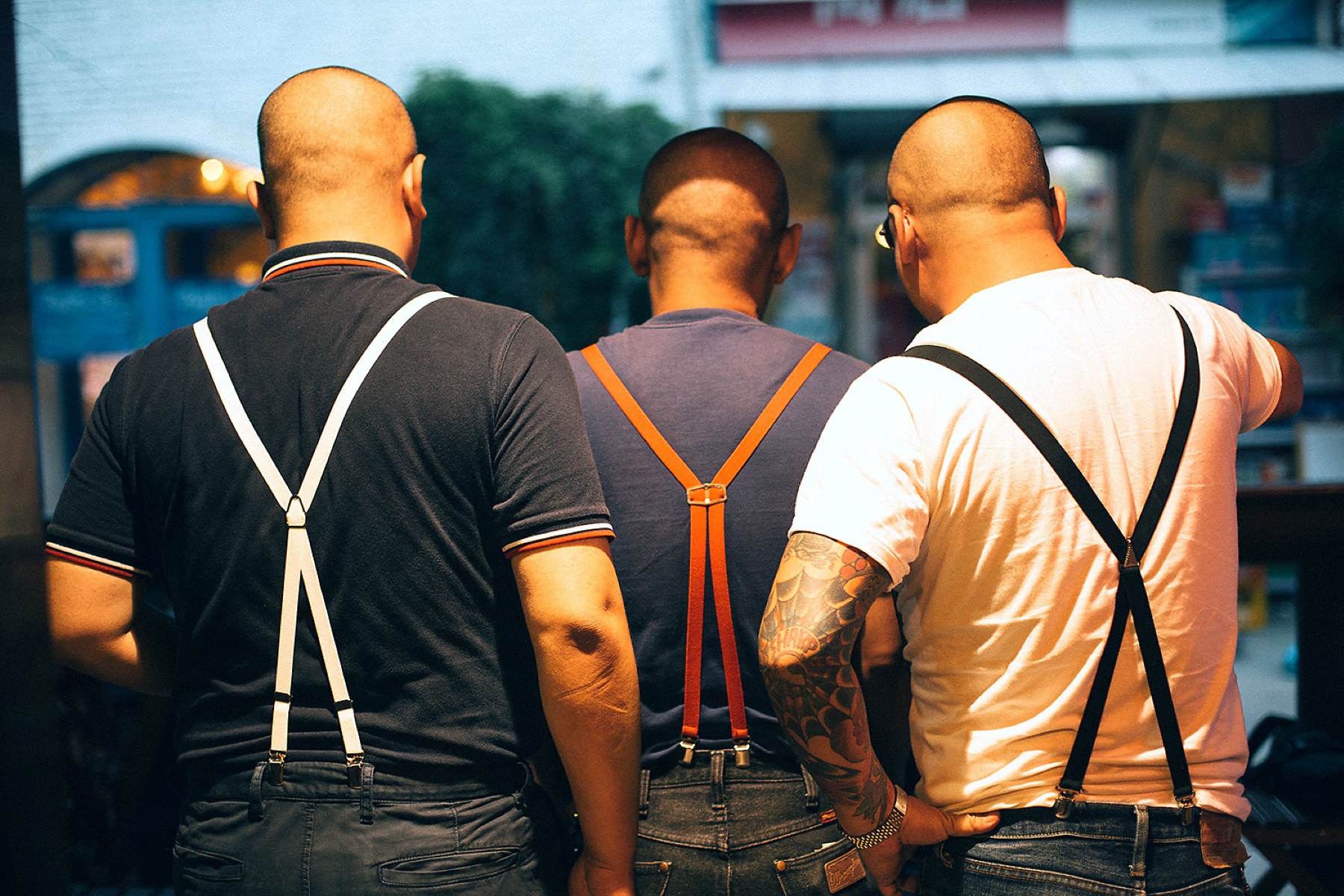
Skinheads have a rich and complex history that often gets misunderstood. Originating in the late 1960s in the UK, this subculture initially focused on working-class pride, fashion, and music. Over time, it evolved, splintering into various factions with differing ideologies. Some groups embraced far-right politics, while others remained apolitical or leaned left. Music played a significant role, with genres like ska, reggae, and punk shaping the movement. Despite the negative stereotypes, not all skinheads are racists or extremists. Understanding the true essence of skinhead culture requires diving into its roots, influences, and transformations over the decades. Here are 35 facts that shed light on the diverse and often misunderstood world of skinheads.
Key Takeaways:
- Skinheads originated in the late 1960s in the UK, influenced by Jamaican rude boy culture and music. They evolved into different factions, some embracing far-right politics, while others actively opposed them.
- The skinhead subculture spread globally, with unique styles in the US, Europe, Japan, and Australia. Music, fashion, and online communities continue to shape modern skinhead culture, creating a vibrant and diverse community.
Origins of Skinheads
The skinhead subculture has a rich and complex history. It began in the late 1960s in the United Kingdom, evolving from earlier youth movements.
- The skinhead movement originated in London during the late 1960s.
- Early skinheads were heavily influenced by the Jamaican rude boy culture.
- The fashion of early skinheads included short hair, boots, and braces.
- Music played a significant role, with ska and reggae being popular among skinheads.
- The term "skinhead" was first used to describe these youths in 1968.
Evolution in the 1970s
As the 1970s progressed, the skinhead subculture began to change. Different factions emerged, each with its own distinct characteristics.
- By the early 1970s, skinheads had split into two main groups: traditional and punk-influenced.
- Traditional skinheads, or "trad skins," maintained the original style and music preferences.
- Punk-influenced skinheads, known as "punk skins," adopted elements of the punk rock scene.
- The rise of punk rock in the mid-1970s brought new attention to the skinhead subculture.
- Some skinheads began to embrace Oi! music, a genre that combined punk rock with working-class themes.
Skinheads and Politics
The relationship between skinheads and politics has been a contentious issue. While some skinheads have been associated with far-right ideologies, others have actively opposed them.
- In the late 1970s, some skinheads became involved with far-right political groups.
- This association led to a negative public perception of the entire subculture.
- Anti-racist skinhead groups, such as SHARP (Skinheads Against Racial Prejudice), emerged in the 1980s.
- SHARP was founded in New York City in 1987.
- Another anti-racist skinhead group, RASH (Red and Anarchist Skinheads), also formed during this period.
Global Spread of Skinheads
The skinhead subculture did not remain confined to the UK. It spread to various parts of the world, each region adding its own unique twist.
- Skinhead culture reached the United States in the late 1970s.
- American skinheads often blended elements of punk and hardcore music.
- The subculture also spread to continental Europe, particularly Germany and France.
- In Japan, skinhead culture became popular in the 1980s.
- Australian skinheads developed their own distinct style and music preferences.
Fashion and Style
Fashion has always been a crucial aspect of the skinhead identity. The style has evolved over the decades but retains some core elements.
- Classic skinhead attire includes Dr. Martens boots, Ben Sherman shirts, and Levi's jeans.
- Haircuts are typically very short or shaved, often referred to as "number one" or "number two" cuts.
- Braces (suspenders) are a common accessory, usually worn over a plain or checkered shirt.
- Bomber jackets, particularly the MA-1 style, are popular among skinheads.
- Tattoos and patches often display allegiance to specific music genres or political beliefs.
Music and Influence
Music has always been at the heart of the skinhead subculture. From ska to punk, the genres have evolved but remain integral to the identity.
- Ska music, originating from Jamaica, was one of the first genres embraced by skinheads.
- Reggae also played a significant role in the early skinhead scene.
- The 2 Tone movement in the late 1970s revived interest in ska among skinheads.
- Oi! music emerged in the late 1970s as a fusion of punk rock and working-class themes.
- Bands like The Specials, Madness, and The Selecter were influential in the 2 Tone movement.
Modern Skinhead Culture
Today, the skinhead subculture continues to evolve. While it retains its core elements, modern influences have also shaped its direction.
- Modern skinheads often participate in online communities and forums.
- Social media has allowed skinheads to connect globally and share their experiences.
- Contemporary skinhead fashion sometimes incorporates elements of streetwear.
- Music festivals and events dedicated to skinhead culture are held worldwide.
- Despite its controversial history, the skinhead subculture remains a vibrant and diverse community.
Reflecting on Skinheads History
Skinheads have a complex history filled with both unity and division. Originating in the 1960s, this subculture began with a focus on working-class pride and music, particularly reggae and ska. Over time, different factions emerged, some embracing far-right ideologies while others stood firmly against racism. This duality has led to widespread misconceptions about skinheads.
Understanding the roots and evolution of this group helps shed light on their true essence. Not all skinheads are extremists; many simply cherish their cultural heritage and music. By recognizing the diversity within this subculture, we can better appreciate its impact on society and avoid unfair stereotypes.
So next time you hear about skinheads, remember their history is more nuanced than it might seem. Knowledge is key to breaking down barriers and fostering a more inclusive understanding of different cultures.
Frequently Asked Questions
Was this page helpful?
Our commitment to delivering trustworthy and engaging content is at the heart of what we do. Each fact on our site is contributed by real users like you, bringing a wealth of diverse insights and information. To ensure the highest standards of accuracy and reliability, our dedicated editors meticulously review each submission. This process guarantees that the facts we share are not only fascinating but also credible. Trust in our commitment to quality and authenticity as you explore and learn with us.


